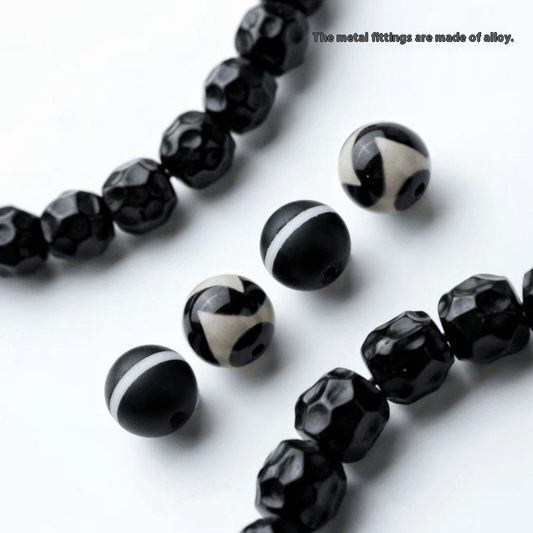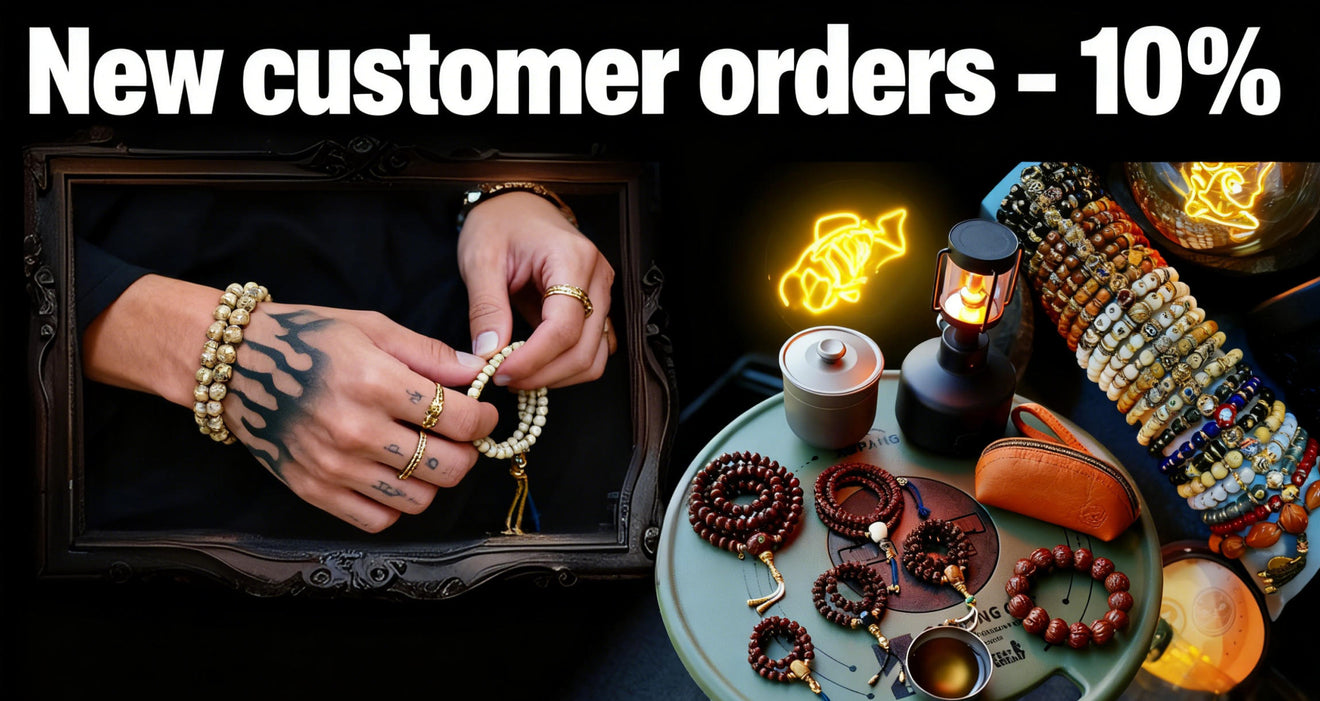
Inside the elaborate network amidst Tibetan religious beliefs are present two celebrated items: the detailed thangka and symbolic bodhi ornament. Every single one, in individualized approach, enables transcendental awakening. The thangka, a vibrant painting, depicts deities, mandalas, or scenes from Buddhist lore, acting as a visual aid for meditation.
Yet, the bodhi bead, often crafted from semiprecious minerals, bark, pods, or osseous matter, is a tangible reminder of Buddha's transcendence under the bodhi tree. Holding these beads during prayer or meditation helps to focus the mind.
- As a pair, the thangka and the bodhi bead demonstrate the synergy between expression and belief. They offer a tangible link to the sacred teachings of Tibetan Buddhism.
Myths Carved in Camel Bones
Across distant millennia, antique treasures whisper tales relating to a world long departed. These are not precious objects in forgotten empires, but unpretentious camel bones inscribed with glyphs that retain the arcana of a bygone epoch. Every fragment whispers the echo derived from a life lived, a journey completed, and a connection to the old wisdom containing which encompasses us all.
- These
- Fragments
- Are
Exploring the Mystical World of Thangka Art
Tangkas are glowing paintings on canvas, meticulously crafted by Tibetan artists to depict divine figures and scenes from Buddhist scriptures. Each detail within a thangka is laden with depth, forming a complex tapestry of visual narratives that guide the viewer on a introspective journey. The pigments used in thangkas are not merely aesthetic choices but carry deeper connotations, reflecting different aspects of the Buddhist practice. From the austere figures to the intricate ornamentation, thangkas offer a insight into the rich world of Tibetan Buddhism, inviting us to study upon its wisdom.
- Historical thangka art often depicts key Buddhist figures such as Buddha Shakyamuni, Bodhisattvas like Avalokiteshvara and Manjushri, and enlightened beings from various branches of Tibetan Buddhism.
- Inside these representations lies a wealth of knowledge that can be interpreted by those who analyze the symbolic language of thangkas.
Awakened One's Path to Enlightenment: Embodied in Beads and Bone
Upon the winding track to transcendence, the Buddha utilized artifacts imbued with profound resonance. The very bead and element held within them the heart of his instruction, demonstrating glimpses into the weave of reality. Alongside their profile, the Buddha delivered profound discoveries that overcome the realm of physical perception.
From these prayer beads, crafted from rare materials, dispersed vibrations that resonated with the intense vibes within. The matrix of a organism, meticulously transformed into symbols, served as tangible reminders of the impermanence innate to all realities.
Thangkas: Windows into Himalayan Spirituality
Thangkas radiant paintings on cloth serve as powerful representations of Himalayan spirituality. These intricate works of art, meticulously created with artful brushstrokes, depict a vast array consisting of Buddhist deities, mandalas, and scenes from holy scriptures. Each thangka is an instructive medium for meditation and contemplation, offering perception into the nuanced teachings of Buddhism.
- They are often used in ritual ceremonies in the context of
- inducing states of spiritual transcendence.
- Thangkas act as not merely decorative pieces but rather pathways into the rich and compelling world of Himalayan spiritual traditions.
Discover the Depth of Bodhi Beads: A Path to Mindfulness and Compassion
Each unit on a bodhi bead mala whispers tales of ancient wisdom, guiding us on a journey through the tranquil waters of mindfulness. As we handle these intricately crafted beads, our fingers trace the contours of individual one, anchoring our alertness in the present moment. The gentle feel of the beads against our palms serves as a tangible reminder to exhale, fostering a sense of stillness.
- With every bead that passes between our fingers, we foster compassion, extending it first to ourselves and then outward to the world.
- Eastern religions teaches us that mindfulness is a practice that requires patience and devotion.
Using the rhythmic repetition of mantra or simply the mindful tallying of the beads, we break free from the relentless chatter of the mind.
The practice involving bodhi beads is a subtle invitation to renew our connection with ourselves and the world around us.
Harnessing the Energy: Weaving a Camel Bone Bracelet for Spiritual Expansion
Resolve forms a significant motivator in our lives, shaping our experiences and guiding us towards our fated course. When we combine this intention with the venerable truths of crafting a camel bone bracelet, we create a potent synergy that can boost our spiritual growth.Camel bone exudes mystical power, representing sturdiness. Its natural beauty and enduring grace serve as a constant reminder of the essential might within each of us.We thoughtfully choose each fragment, imbue the piece with purpose. With every knot or tie, we integrate our hopes, dreams, and aspirations for spiritual evolution. This act of creation becomes a sacred ritual, aligning us with our inner wisdom and guiding us on a journey of self-discovery.- Match the bone’s tones to your aspirational themes.
- Channel your willpower throughout the weaving process.
- Keep it close as a symbol of your evolving journey.
Interpreting Camel Bone Within Buddhist Contexts
In the rich tapestry amidst Buddhist tradition, artifacts often hold profound symbolic meaning. Amidst these varied objects, camel bone stands out as a peculiar and fascinating element. Across history, this material has been adopted in the crafting across various Buddhist accessories, each imbued with specific meanings.
- Perceived as a symbol of resilience and strength due to the camel's ability to withstand in harsh environments, camel bone often expresses spiritual fortitude.
- In addition, the color and texture of camel bone are believed to some to hold auspicious connotations, reflecting purity and serenity.
Thus, camel bone has become a cherished part of Buddhist tradition, serving as a tangible connection to the profound teachings through this ancient faith.
Thangka Panels: Visual Sacred Lore
Within the ethereal realm of Tibetan Buddhism, Thangka paintings emerge as sacred portals to enlightenment. These exceptional works, meticulously crafted by skilled artists known as thangkapa, depict a myriad including vibrant deities, celestial beings, and mythical creatures. Each brushstroke imparts profound spiritual significance, narrating ancient tales and philosophical ideas.
- Showcasing a vast collection of Buddhist iconography, Thangkas serve as both devotional objects and instructional tools. Loyal practitioners gaze upon these paintings during rituals and meditations, seeking to enhance spiritual wisdom.
- Richly detailed with intricate details alongside a multitude of vibrant hues, Thangkas are considered windows into the divine. Each painting acts as a symbolic representation of the Divine Figure's teachings and the path to liberation.
Employing their compelling imagery and symbolism, Thangka paintings offer a glimpse into the rich devotional traditions of Tibet. They are a testament to the enduring charm of Tibetan art and its profound ability to illuminate.
Embracing the Duality: Thangkas and the Cycle of Life and Death
Thangkas, these colorful embroidered scrolls native to Tibet, provide an insightful exploration into the fleeting nature of life. Each intricate image depicts deities and beings engaged in the ongoing course of life and death, a assemblage of birth, growth, impermanence, and transformation. The artists skillfully combine these concepts within the thangka's setting, highlighting the harmony of all things. Through vivid icons, they invite us to speculate on our own existence. The cycle revolves, a motion of coming and going, pointing out the preciousness of each moment. By embracing this duality, thangkas teach us to respect the beauty in both life's joys and sorrows.Bonds of Serenity: The Significance of Bracelets in Buddhist Practice
In the intricate tapestry of Buddhist practice, seemingly plain objects often hold profound meaning. Among these are bracelets, which serve as tangible badges of devotion and commitment to the philosophy of Buddha. Worn on the wrist, a bracelet performs as a constant reminder of one's aspirations and dreams. It can symbolize the impermanence of life, inspiring practitioners to remain centered in the present moment. Some bracelets may include sacred signs, such as mantras or the names of Buddhas, which are deemed to draw in positive energy and Fengshui defense. Others might be made from ingredients with spiritual significance, like sandalwood or lotus seeds, increasing the bracelet's meaning. Ultimately, the significance of a Buddhist bracelet extends far beyond its physical form. It becomes a powerful tool for contemplation, a reminder to live in harmony with the teachings of Buddha, and a embodiment of one's unwavering allegiance.